Why are my pine trees turning brown?

Related Discussions
GNATS - How to get rid of them?
Somehow my house and garden got tiny gnats that killed my fuchsia plant and fly everywhere. I have tried ALL the Web recommendations - soap and oil dishes, sand in th... See more
Growing garlic
Growing our first garlic, should we wait until the leaves are drying out before we pick it? Husband picked first one today along with our first potatoes.
Marigolds growing! Should I pinch the buds?
My marigold plants are growing. I heard that pinching the buds until Autumn will allow them to grow without killing the plant. Is this true?
How to keep mice out of your garden?
Hi everyone, I have mice in my garden destroying my vegetables and I have also noticed them in the barn and shed. Please can someone tell me how to prevent them from ... See more
What's the best flower/plant to grow in Texas?
I know that opinions vary, but what's your opinion?!I have great luck w Rosemary plants. Green all year long.
Why are the leaves of my pear tree turning brown (pic)?
I bought a home recently and this is what the pear tree looks like, I have no idea what could be doing this to it, I don’t know much about them, help please!!!
Why are my cedar trees turning orange (dead) at the tips?
25 ft tall...10 ft deep mature perhaps 20 yrs old Not every branch but many...no bagworms or pests that I can see. What could it be?
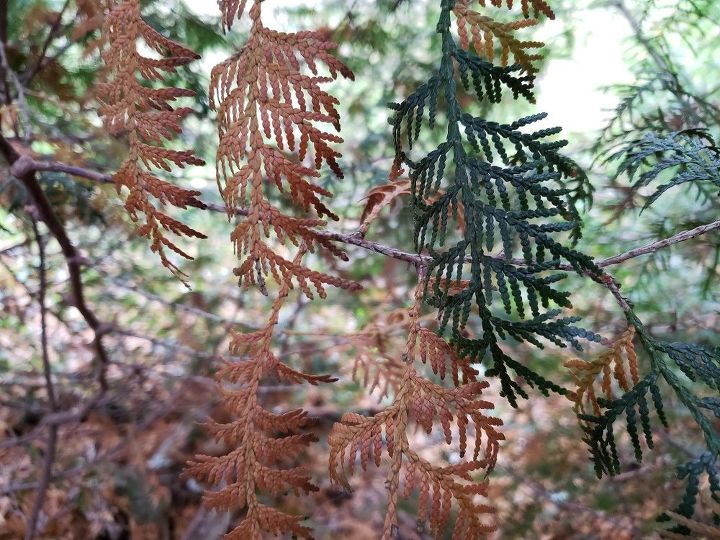
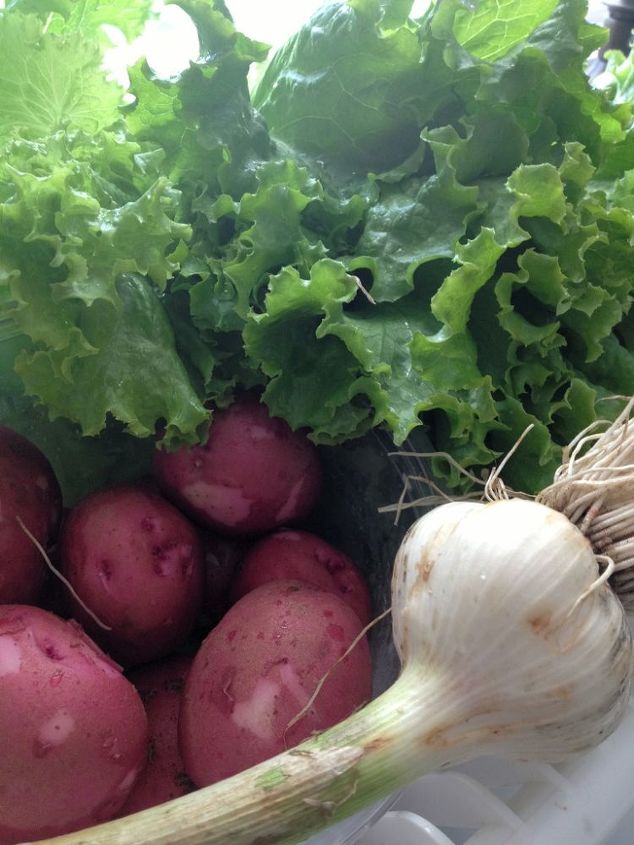
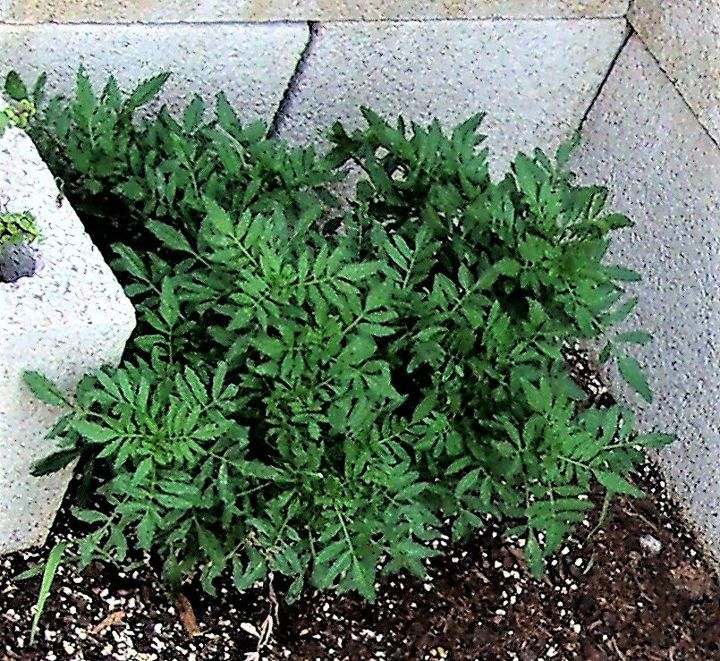
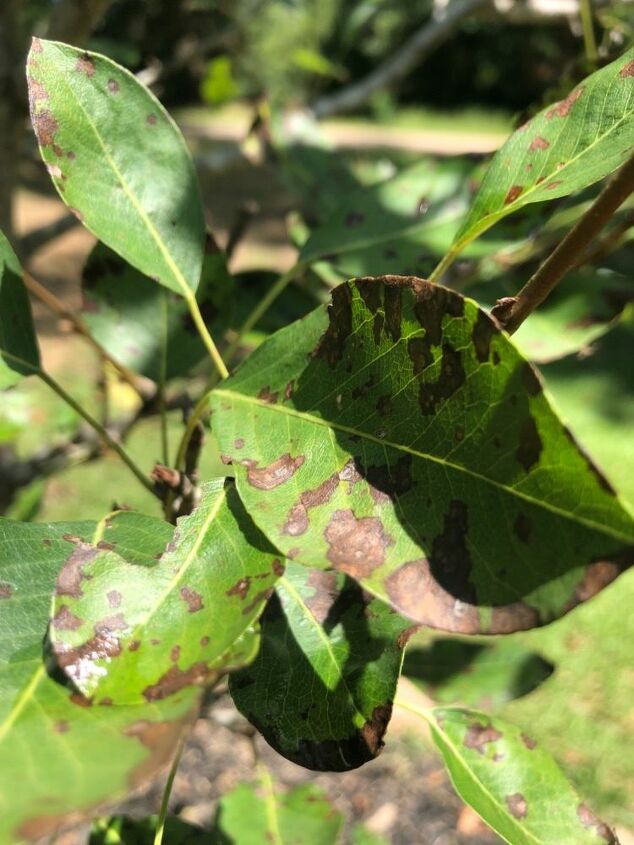
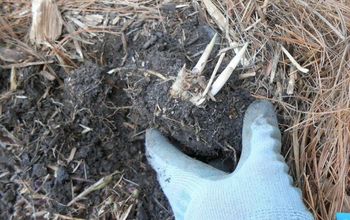
In spring, the causes of brown needles may be weather, infections or insects.
Often following a cold dry winter and before new shoot growth begins, needles on the side of the tree facing prevailing winds will brown. Ample water and general care are all the pine needs to replace these needles.
If new needles of the lower limb tips are stunted or appear to be dying, and contain dried resin and scattered black specks at their base, the cause is likely a fungus called tip blight or diplodia. This needs treatment with a fungicide.
An insect called pine tip moth may invade in early spring. It often creates webbing and leaves granular frass (insect poop) at the limb tips. The tips usually are hollow and often contain a small larvae. This, too, needs treatment, but with an insecticide.
Another condition that may be noted only in spring actually begins the previous summer and fall. This fatal condition is pine wilt disease. It is caused by a microscopic nematode worm and is spread by the pine sawyer beetle. The tree often turns totally brown and dies rapidly in the fall, but it may not be noticed until spring. There is no treatment for this, and the tree should be removed before the beetle becomes active in March because the tree is very infectious. In Tulsa, this disease has destroyed hundreds of susceptible trees, such as Austrian, mugo, Scots and white pines.
In late summer, another fungus called dosthristroma needle blight may infect pines. This involves 1-to-3-year-old needles inward from the limb tips. The needles develop yellow/brown bands and usually die in winter, then are shed in spring. A fungicide spray is recommended for this, as well.
The most common cause of brown pine needles occurs in the fall and is normal. Pines shed older needles similarly to other trees’ fall foliage drop. The needle drop may be impressive in a large healthy tree. These needles make great mulch.
Hi, I hope these sites give you some answers to your question about the browning of your pine trees.
https://www.canr.msu.edu/news/why_are_my_pine_trees_turning_brown
https://www.gardeningknowhow.com/ornamental/trees/pine/pine-tree-browning.htm
https://homeguides.sfgate.com/once-pine-branch-turns-brown-ever-green-again-100673.html
https://www.bing.com/videos/search?q=Why+are+my+pine+trees+turning+brown%3f&qpvt=Why+are+my+pine+trees+turning+brown%3f&FORM=VDRE
That’s cedar, not pine.
mine was struck by lighting 3 months later it died turning brown
Are you sure this is a pine tree? It looks a lot like a dawn redwood which normally the whole tree turns a pinkish brown and then drops all its needles in fall. Check out a good identification book and see it you really have a pine or it's a dawn redwood. Mine loses all its needles every year and people who don't recognize it, think it is dying...it's not and will grow to be a very "big"' tree.
This looks like a Norfolk Island Pine to me. We have several in our neighborhood. In FLA a frost turns the branches brown but they recover.
If it is a Leyland cypress, they tend to get mites and a mold. Not the disease free trees they were once thought to be. You can spray for the different ailments but would need to determine what it has. Your neighborhood nursery might be able to assist. Also, the disease will spread if you have trees planted too close together. Best of luck on your fight!
I have a problem with one of my tall "pine looking" trees. The needles are brown and falling off leaving the southern facing part of the tree baren looking.
I didn't plant it so I don't know the name. One evergreen where three trees end up growing out of the stump. It's 40 ft tall and is common in central FL.
Ya think it could be "blight" ?
Hi Kelly-n-Tony,
They look like cedars to me. :) I have lots of them in my yard.
-If the red is just contained to the under branches, like under the skirt of the tree(& out of direct sunlight), then it's natural. The tree is saving it's energy to grow new boughs out in the sun.
Mine also brown/redden underneath after a long dry summer.
Feel free to trim those bits off or let winter weather shed them for you.
-If it's more than just underneath(and is showing on the outer boughs), I'd be quick to think the tree is stressed.
Water: Cedars like moisture, so water deeply if you can.
Insects: I don't know any pests or disease that effect cedars, so if natural browning and water stress aren't the problem, then I suggest you research cedar disease/fungus/pests in your area.
Hopefully it's just natural seasonal browning :)
Best of luck,
Jana
Hi Liz, hope this helps. It's a normal cycle all cedar trees go through. Here's how it works: around late summer or early fall, cedars and most conifers need to let go of older, interior needles that are no longer doing the tree much good. Those needles turn yellow/brown as the tree phases them out and makes room for new growth from the tips.
https://blog.davey.com/how-to-tell-if-your-brown-yellow-or-orange-cedar-tree-is-dying/#:~:text=It's%20a%20normal%20cycle%20all,new%20growth%20from%20the%20tips.